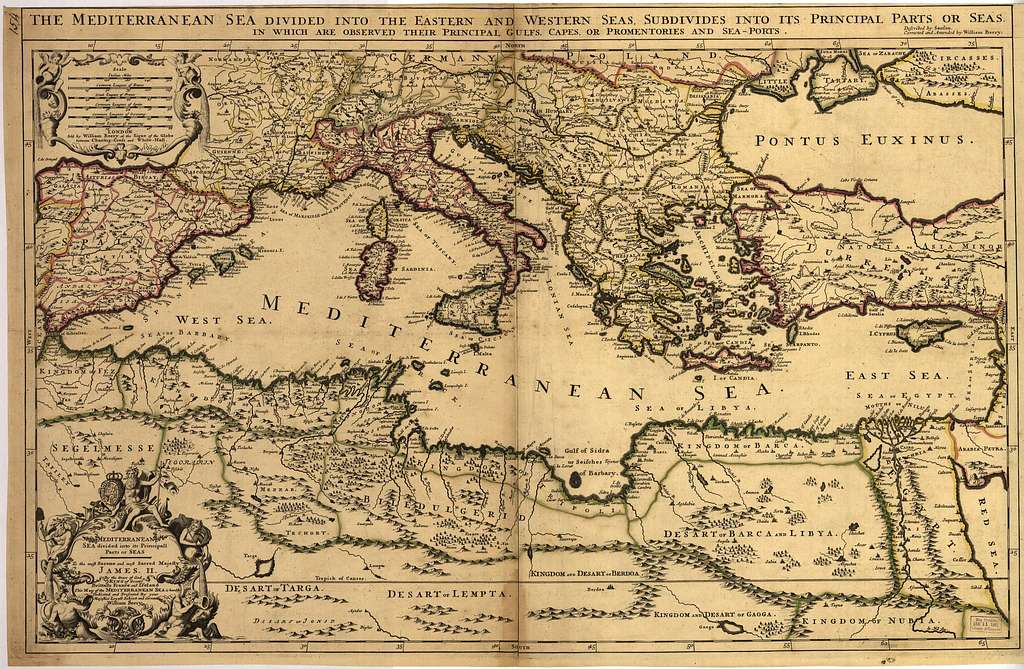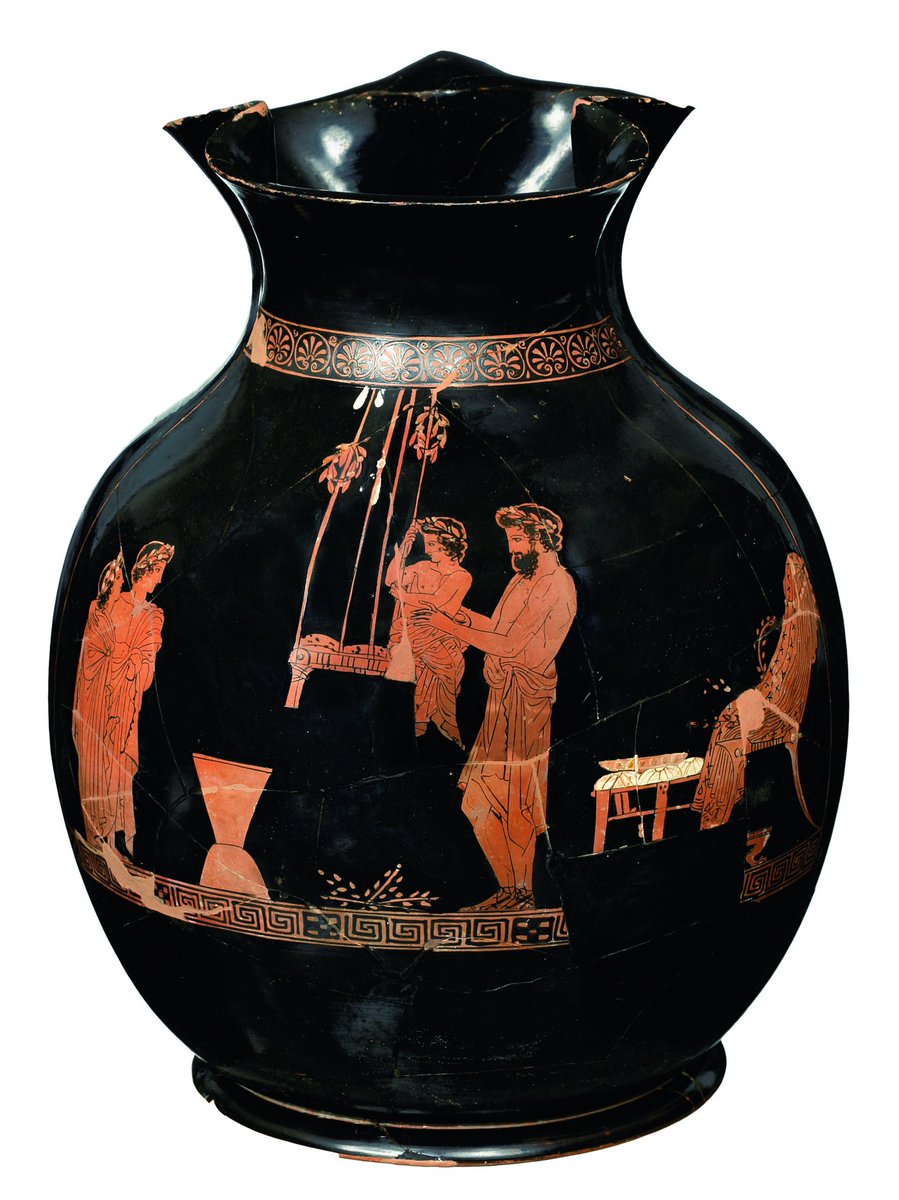The stadium of ancient Olympia.
It was the location of many of the sporting events at the Ancient Olympic Games and the Heraean games for women 🏃💨
It was the location of many of the sporting events at the Ancient Olympic Games and the Heraean games for women 🏃💨

Pausanias wrote for the female athletes: "their hair hangs down, a tunic reaches to a little above the knee, and they bare the right shoulder as far as the breast" 

Pausanias also describes the Heraean Games as "archaia" (old/ancient). According to mythology the games were introduced by the wife of Pelops, the legendary Hippodameia. 

One of the first winners at the games was Chloris, the only one among the daughters of Niobe who survived after the relentless slaughter of her remaining children by Apollo and Artemis as a punishment to their mother for her arrogance... 

But there were some women who had the dream to participate and succeed in the Olympics. The real story of Cynisca of Sparta! 

Cynisca won the four-horse chariot race twice (396 and 392 BCE) and in doing so became the first woman champion of the Olympics. She was honoured by having a bronze statue of her chariot and horses, including a charioteer and herself, erected in the Temple of Zeus in Olympia.
The statue had an inscription declaring that she was “the only woman in all Hellas (Greece) to have won this crown”. 

• • •
Missing some Tweet in this thread? You can try to
force a refresh















